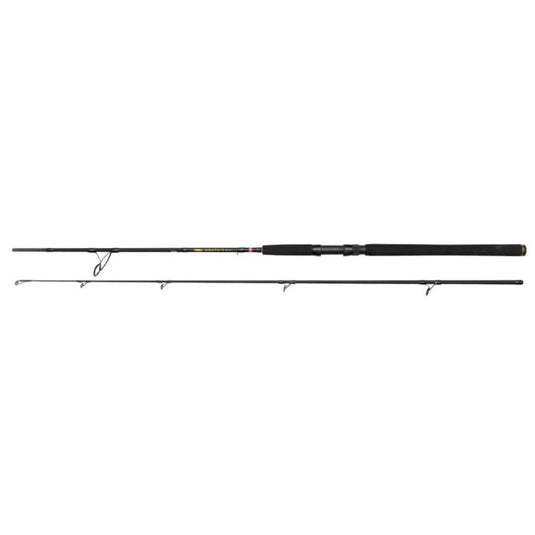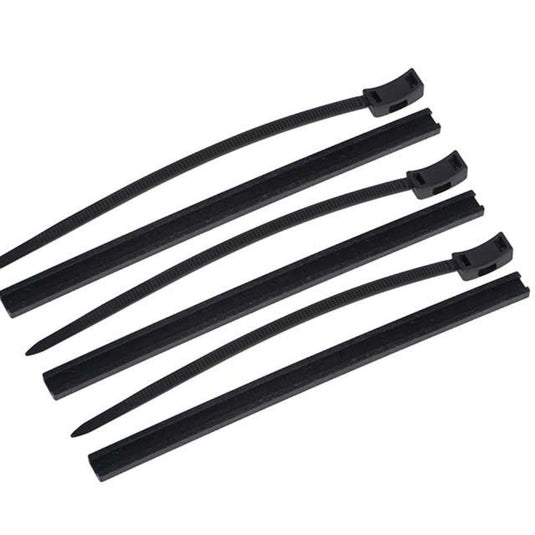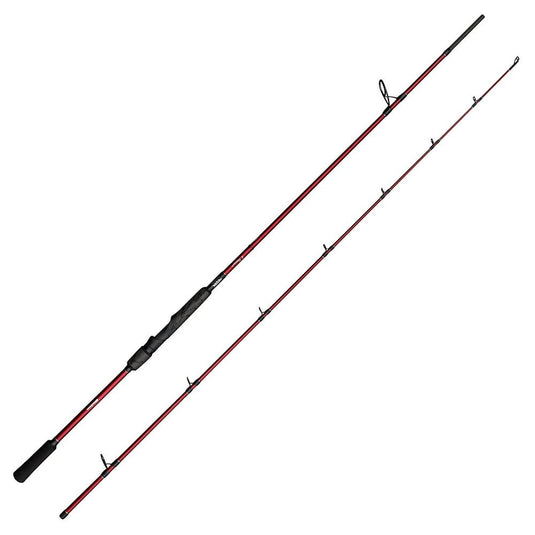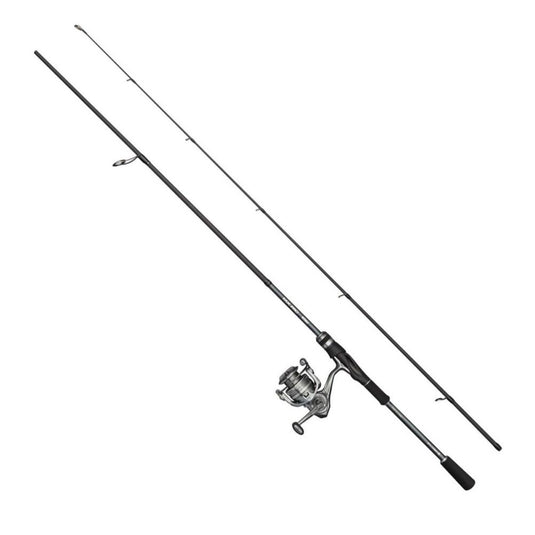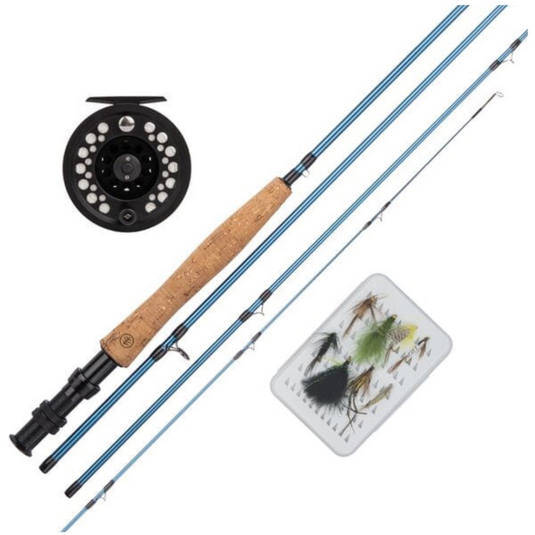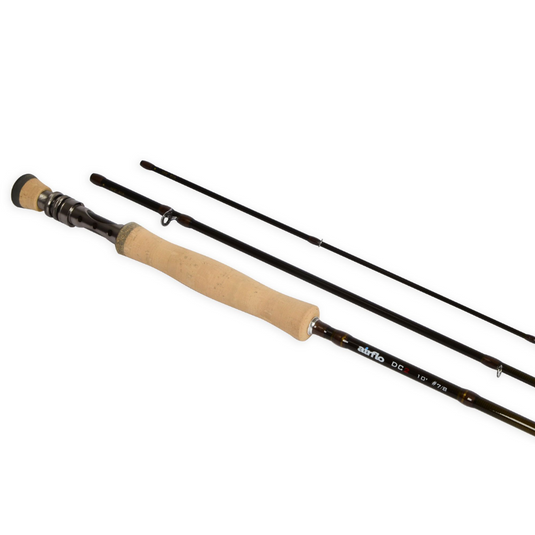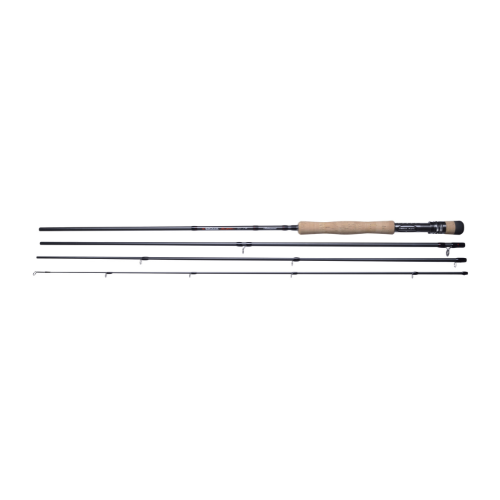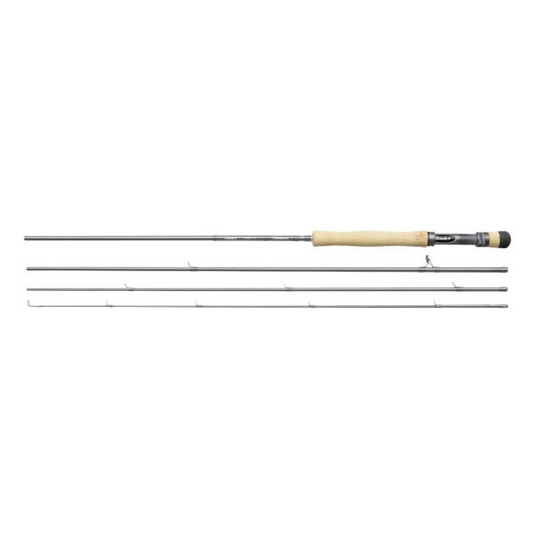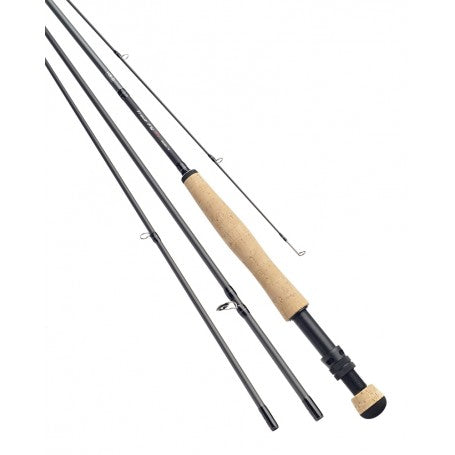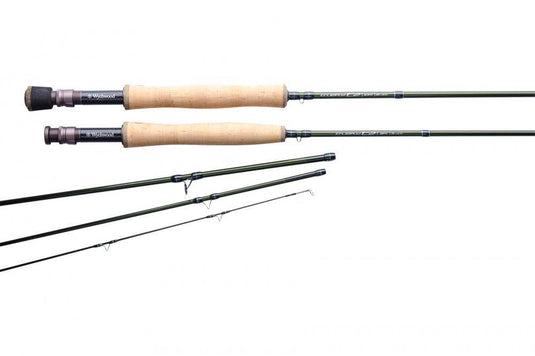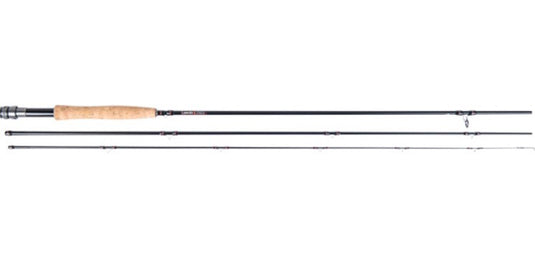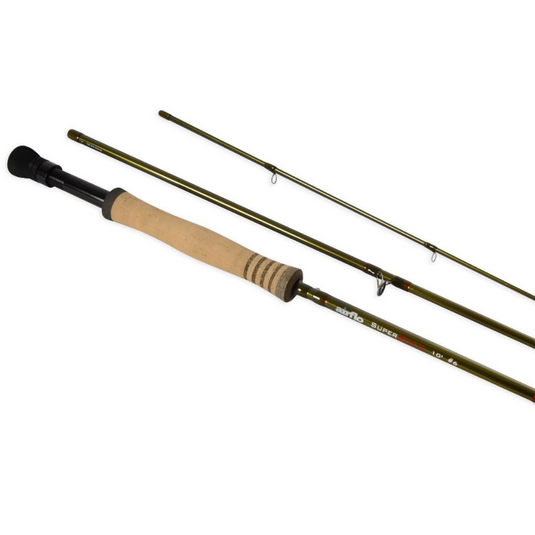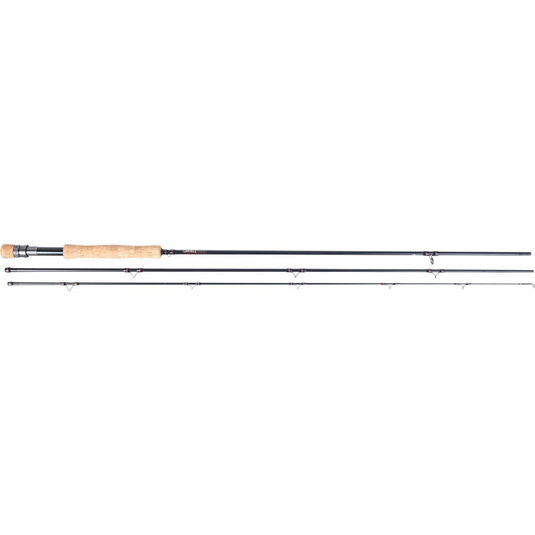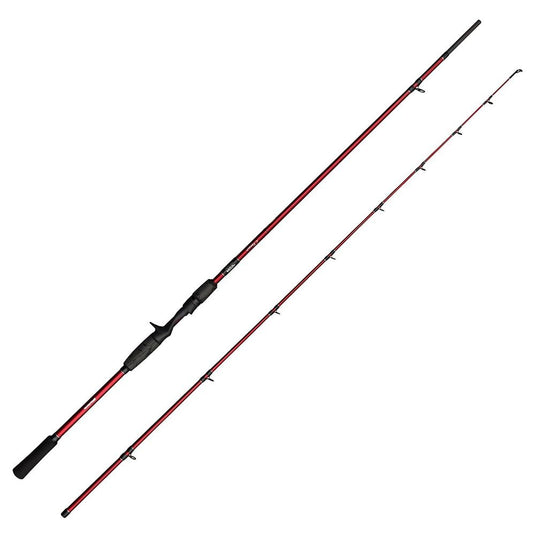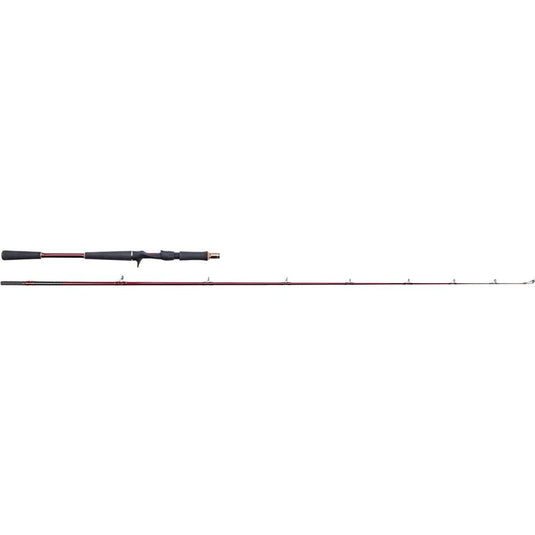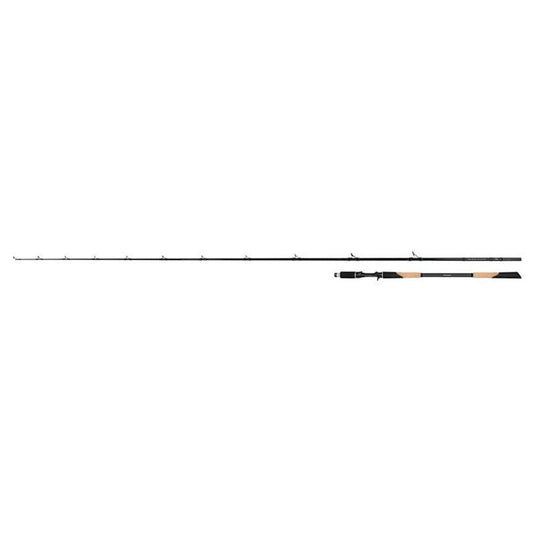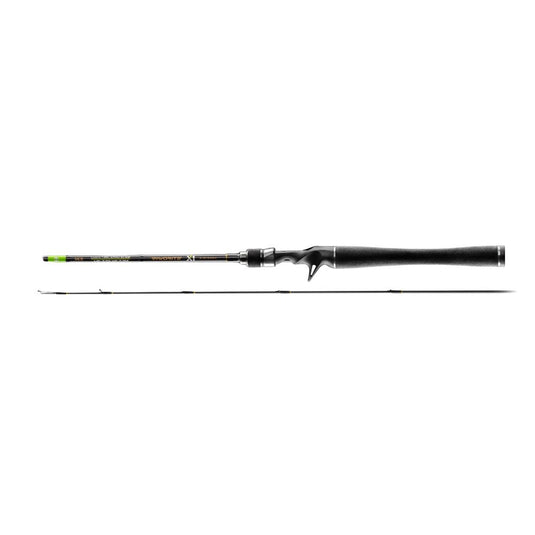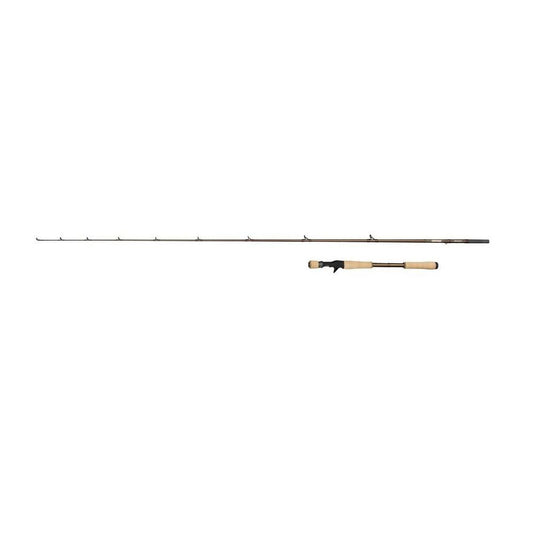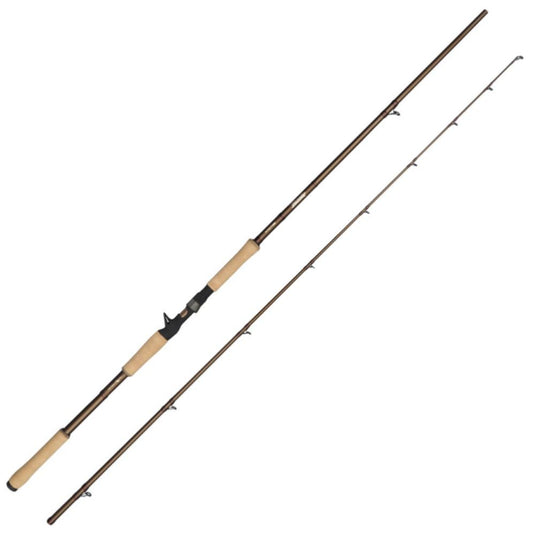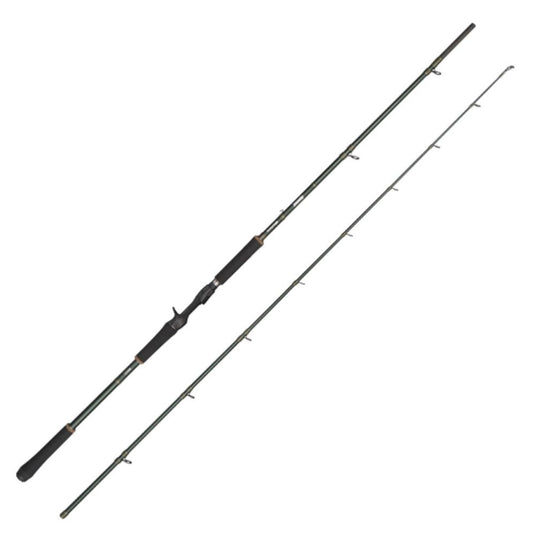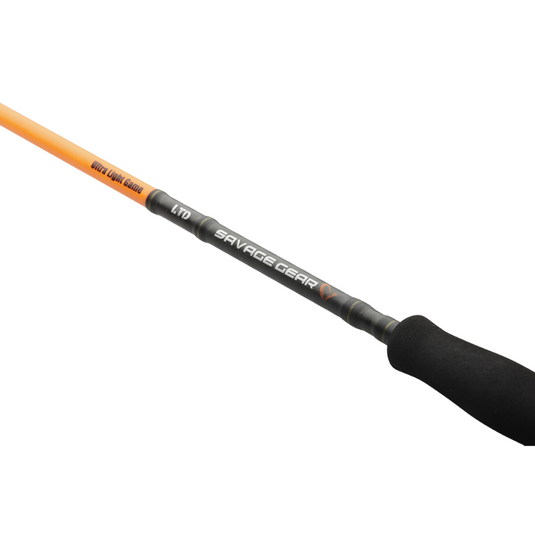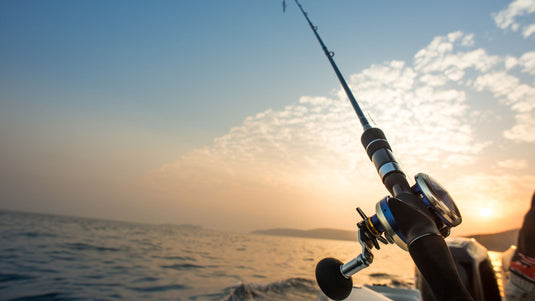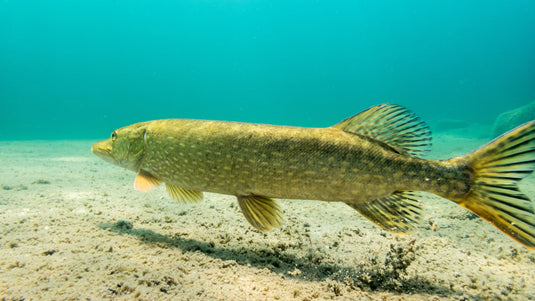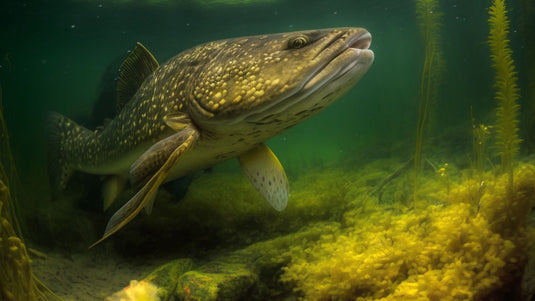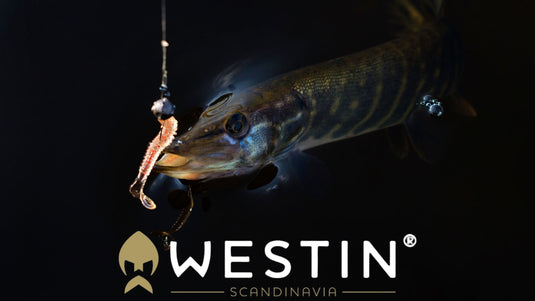Different Types of Fishing Rods
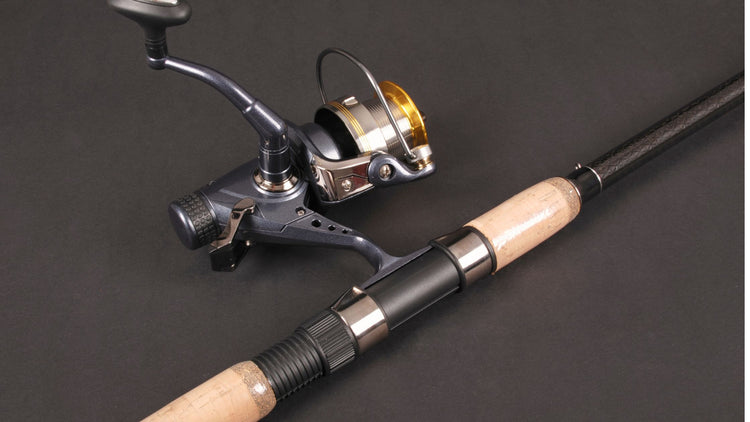
Different Types of Fishing Rods: A Must-Read for Anglers
Fishing has been one of humanity's favorite pastimes for centuries, evolving from a basic means of survival into a recreational sport and hobby that requires skill, patience, and the right equipment. At the heart of this experience is the humble fishing rod. But with so many types available, selecting the right one can be overwhelming for both beginners and seasoned anglers. Each rod is designed with a specific style of fishing in mind, which can greatly impact your success and enjoyment on the water. In this blog, we’ll break down the most common types of fishing rods, their uses, and what sets them apart. We will go through the following types of fishing Rods:
- Spinning Rods
- Trigger or Casting Rods
- Jigging & Dropshpot Rods
- Trolling Rods
- Fly Fishing Rods
- Dapping Rods
- Feeder Rods
- Deadbaiting Rods
- Beachcaster Rods
- Travel Rods
1. Spinning Rods
Spinning rods are perhaps the most versatile and commonly used fishing rods, especially popular among beginners. They are designed to hold a spinning reel, which hangs underneath the rod, allowing for a smooth and easy casting motion. Spinning rods can be used for both freshwater and saltwater fishing, and they come in various lengths and strengths to handle different types of fish. The rod’s flexibility allows for precision when casting lightweight lures, making it a great choice for catching small to medium-sized fish like trout, bass and perch.
Best For: Beginners, light to medium fishing, versatility in both freshwater and saltwater environments.
2. Trigger/Casting Rods
Trigger or casting rods are designed for use with baitcasting reels. Unlike spinning rods, the reel sits on top of the rod. These rods offer greater control and power for casting heavier lures and fighting larger fish. The trigger grip allows the angler to use their finger to release the line with precision, making it an ideal choice for targeting bigger species like bass or pike in heavier cover or deeper waters. However, casting rods require a bit more practice to master, as they can be prone to line tangles if not used properly.
Best For: Targeting larger fish, heavier lures, experienced anglers who prefer control and accuracy.
3. Jigging and Dropshot Rods
Jigging rods are specifically designed for vertical fishing, where the angler drops the bait or lure directly beneath the boat. These rods are usually short and sturdy, with a strong backbone to help pull fish from deeper waters. Dropshot rods, on the other hand, are lighter and more sensitive, designed for finesse techniques where subtle movements of the bait are key to attracting fish like bass or Perch. The sensitivity of these rods allows the angler to feel even the lightest bites.
Best For: Jigging for deep-sea fish, dropshot techniques for bass and fishing in vertical environments.
4. Trolling Rods
Trolling rods are designed for a specific fishing method where the bait or lure is dragged behind a moving boat. These rods are longer, more robust, and made to withstand the constant tension of a trolling setup. Trolling rods often have a slower action (they bend more throughout the rod’s length) and are used with heavier reels to handle large species such as Pike. They are built for endurance, as trolling can often result in long battles with big game fish.
Best For: Saltwater or freshwater trolling for large species, long-distance fishing, and big game fishing.
5. Fly Fishing Rods
Fly fishing rods are specialized for one of the most iconic and graceful styles of fishing—fly fishing. These rods are longer and more flexible than standard rods, designed to cast a lightweight "fly" using a unique casting method that relies on the weight of the line rather than the lure. Fly fishing rods come in different "weights," which refers to the size of the line they are designed to handle, from ultralight setups for trout to heavier gear for larger species like salmon or saltwater fish. They are typically used in rivers, streams, and lakes.
Best For: Fly fishing in freshwater streams and rivers, targeting species like trout, salmon, and panfish.
6. Dapping Rods
Dapping is a traditional style of fishing where the angler dangles the bait or fly on the surface of the water without casting. Dapping rods are long, flexible, and lightweight, designed for this technique which is often used in fast-moving water where precise casting is difficult. These rods allow for subtle presentations that mimic insects or other surface prey, making them effective for trout or other surface-feeding fish.
Best For: Subtle surface fishing, fast-moving water, targeting species like trout and grayling.
7. Feeder Rods
Feeder rods, also known as quiver tip rods, are designed for fishing with a baited rig on the bottom of a lake or river. They have a flexible, sensitive tip that detects even the smallest bites without the need for a float. These rods are commonly used in coarse fishing and are particularly effective for catching species like carp, bream, and tench. They vary in length and strength depending on the size of the fish being targeted, and many come with interchangeable tips for different conditions.
Best For: Bottom fishing, coarse fishing, targeting species like carp, bream, and tench.
8. Deadbaiting Rods
Deadbaiting rods are specifically designed for anglers targeting predatory fish like pike using dead fish as bait. These rods are generally longer and more powerful, with a strong backbone to handle large, aggressive fish. Deadbaiting often requires a rod that can cast substantial weights and withstand the intense fight that big predatory fish can put up. These rods are typically paired with strong lines and heavy-duty reels.
Best For: Pike and predator fishing with dead bait, heavy-duty fishing in lakes and rivers.
9. Beachcaster Rods
Beachcaster rods are designed for surf fishing, where anglers cast their bait or lure from the shoreline into the sea. These rods are long and robust, typically ranging from 12 to 16 feet in length, allowing for long-distance casting needed to reach fish beyond the surf. Beachcasters are usually paired with large, heavy-duty reels capable of handling strong tides and big saltwater species like bass and cod.
Best For: Surf fishing from the beach, long-distance casting, targeting saltwater species.
10. Travel Rods
For anglers who are always on the go, travel rods are a must-have. These rods are designed for portability, often coming in multiple pieces or telescoping for easy transport. Despite their collapsible nature, travel rods are sturdy and versatile, making them perfect for spontaneous fishing trips, backpacking, or vacation fishing. They come in various styles, including spinning, fly fishing, and casting, ensuring there’s an option for any angler on the move.
Best For: Portability, anglers who travel frequently, versatile fishing in different environments.
Conclusion
Choosing the right fishing rod can make a significant difference in your angling experience. Whether you're a beginner or an experienced angler, understanding the purpose of each type of rod will help you select the one best suited to your needs. From spinning rods for versatility to beachcasters for surf fishing and fly rods for the delicate art of fly fishing, each type is designed with specific methods and fish species in mind. With this knowledge in hand, you’ll be better equipped to tackle your next fishing adventure!
Tight lines! 🎣







